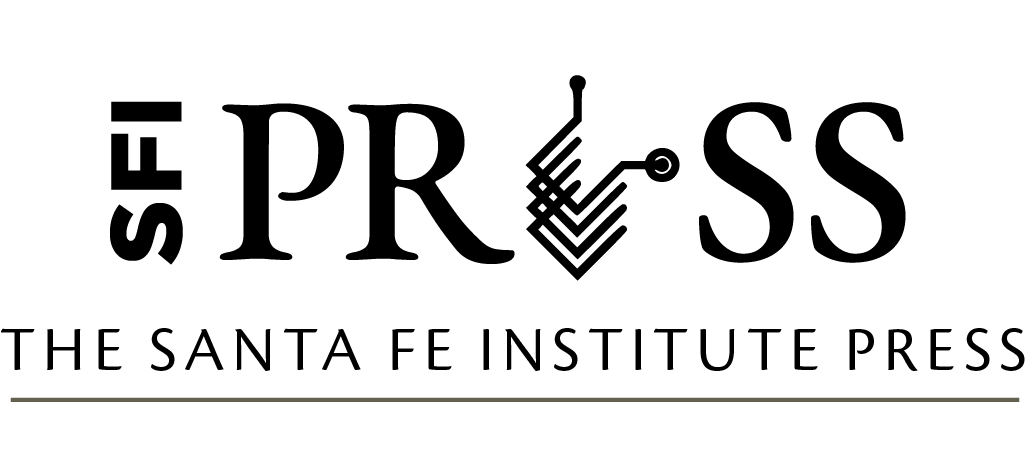Complexity Economics pp. 186-217
DOI:
Chapter 9: Physics & Economic Systems
Panel Discussion moderated by David C. Krakauer, featuring Ole Peters, Maria del Rio-Chanona, Cosma Shalizi & David Wolpert
Excerpt
DAVID C. KRAKAUER Early economic theory—the kind that Ken Arrow, who has been mentioned many times here, talked about—was extremely enamored of the physical perspective, not least, their search for these very low-dimensional explanatory measures.
Ole is a good example of that, actually. Ole is substituting one low-dimensional measure for another. It’s a very physics-based perspective and he’s even got a physics term in it, which is very different from the previous panel. I mean, you’re saying, “Look, it’s just not the ensemble average; it’s the time average.” If we get the measure right, we’ll have the right variational framework for doing economics. That’s the sense in which I mean they’re different.
I would ask all the panelists to tell us who you are when you make your opening remarks.
COSMA SHALIZI I’m Cosma Shalizi. I was a physicist up through my PhD. I have gone native as a statistician. So, my physics heritage at this point consists of doing sloppy math because I think I know what the right answer should be.
[Laughter]
Let me start it off by throwing a few bombs. Despite a lot of effort by a lot of very smart people, I don’t think that physics has contributed all that much to our understanding of the economy. There are two reasons for this. One is that the disciplinary training of physicists—at least, theoretical physicists, who are the ones who have tried to do this, because we feel like we can do anything—neglects actually grappling with data. And, when you try to deal with real-world systems and not what the experimentalists hand you as a canned description of an effect, then you have to actually be able to do statistical inference. You have to actually be able to do data analysis.
This is something physicists don’t really get trained in. That’s improved over, say, the last twenty years—maybe especially over the last ten years. But a lot of what we have done has been very crude curve-fitting and looking for crude patterns or throwing a curve-fitting at it and hoping to predict.
Despite a lot of effort by a lot of very smart people, I don’t think that physics has contributed all that much to our understanding of the economy.
The other reason is that we have this impulse to look at something with a lot of interacting parts. We say this is a many-body problem. I did this in graduate school. I was trained to death in doing this in graduate school. How hard can it be? It’s either going to be the Ising model or it’s going to be hydrodynamics. I’ve done that problem. And the difficulty is that there are just many, many other kinds of bodies. The limited repertoire of models we learn for saying how different bodies interact and how you aggregate their local interactions into large-scale phenomena—that part of our impulse is completely correct, but the repertoire we have of how you actually do this is just ridiculously too limited to grapple with what we see in the economy or what we see in evolutionary biology or a whole bunch of these other fields where physicists have tried to take them over, and where there is a history of SFI-inflected attempts at disciplinary imperialism, which have been more or less successful.
